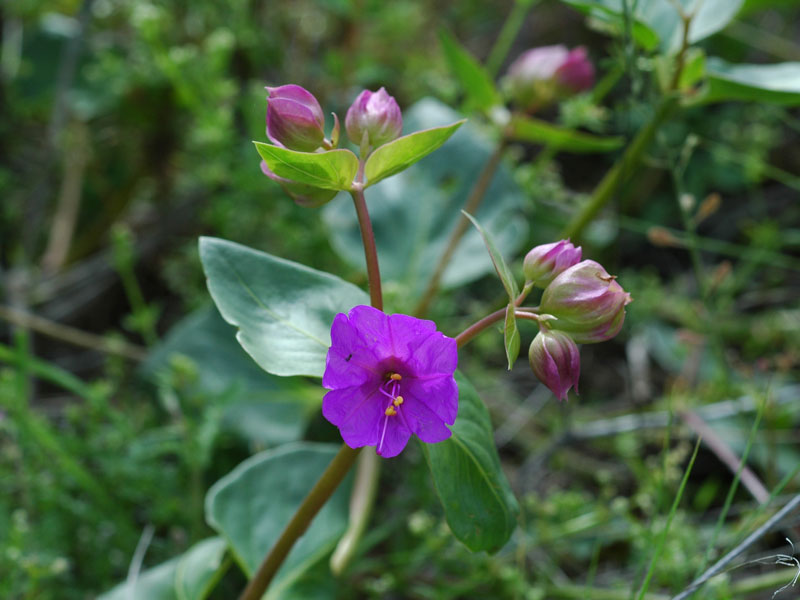Pacific Northwest Region
 Pacific Northwest Region. From “Guide to Your National Forests and Grasslands (PDF)”, 2006.
Pacific Northwest Region. From “Guide to Your National Forests and Grasslands (PDF)”, 2006.
The Pacific Northwest Region of the U.S. Forest Service includes 19 National Forests, a National Scenic Area, a National Grassland, and two National Volcanic Monuments within the states of Washington and Oregon.
Habitats range from the dry deserts east of the Cascades to the lush rain forests of the Olympic Peninsula. The region supports one of the most diverse floras in the nation with numerous recreational opportunities.
Rare Plant Conservation Success Stories
- Camas Prairie Restoration Project
- Conservation of Greenman's Desert Parsley
- Ongoing Efforts to Recover Mirabilis macfarlanei, MacFarlane's Four-O’clock
- Sisyrinchium sarmentosum (pale blue-eyed grass or mountain pale blue-eyed grass) Conservation Efforts
- The Frozen Garden: Securing Seeds for the Future - The Berry Botanic Garden and the U.S. Forest Service Pacific Northwest Region
- Wenatchee Mountains Checker-mallow Recovery
Also See…
Fading Gold: The Decline of Aspen in the West
Fading Gold explores the aspen community in the western United States. It describes how aspen grows, the decline of aspen from in the Rocky Mountains to the Sierra Nevada Mountains, and the challenges for aspen in the western landscape. We feature aspen's beautiful fall colors, wildflowers in the aspen community, and the traces left in the aspen groves by past visitors.
Klamath-Siskiyou Serpentines
Formed deep within the earth's mantle, serpentine rocks found their way to the surface over millennia. Unique flora have evolved on serpentine soils, especially adapted to survive severe hardships of drought, heavy metals, and nutrient stress. The Klamath-Siskiyou Mountains of northwest California and southwest Oregon are the largest serpentine area in North America.
Visit “Beauty of It All” for a closer look at the beautiful wildflowers of our national forests and grasslands …
Wildflower Photographs

Western columbine (Aquilegia formosa). Malheur National Forest. Oregon.

Indian Paintbrush and other wildflowers. Dixie Butte. Malheur National Forest. Oregon.

Spring wildflowers. Logan Valley. Malheur National Forest. Oregon.

Dwarf purple monkeyflower (Mimulus nanus). Malheur National Forest. Oregon.

Clustered lady’s slipper orchid (Cyprepedium fasciculatum). Mt. Baker Snoqualmie National Forest. Washington.

MacFarlane’s four o’clock (Mirabilis macfarlane). Wallowa-Whitman National Forest. Hell’s Canyon, Idaho. Photo by Russ Holmes.

Tweedy’s pussypaws (Lewisia tweedyi). Wenatchee National Forest. Washington.





